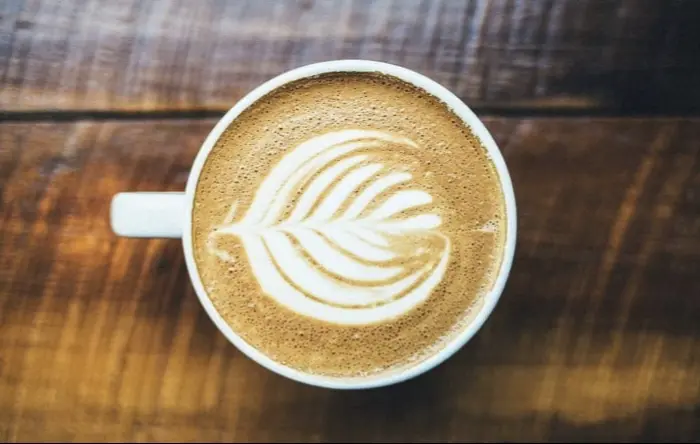Espresso is the foundation of many coffee drinks, from lattes to cappuccinos. But how much coffee is actually in an espresso shot? The answer depends on several factors, including the type of espresso, the brewing method, and personal preference. This article dives deep into the details, covering everything from standard measurements to extraction techniques.
What Is an Espresso Shot?
An espresso shot is a concentrated coffee beverage brewed by forcing hot water through finely-ground coffee under high pressure. The result is a small, strong shot with a rich flavor and a layer of crema on top.
The Standard Espresso Shot
A traditional single espresso shot uses about 7 to 9 grams of coffee grounds and yields approximately 30 milliliters (1 ounce) of liquid. A double shot, the most common serving in many coffee shops, uses 14 to 18 grams of coffee and produces around 60 milliliters (2 ounces).
Ristretto and Lungo Variations
Not all espresso shots are the same. Two popular variations are ristretto and lungo:
- Ristretto – A “short” shot made with the same amount of coffee but half the water, resulting in a sweeter, more concentrated flavor.
- Lungo – A “long” shot that uses more water, extracting more caffeine and bitterness.
Factors Affecting Coffee Amount in an Espresso Shot
Several variables influence how much coffee ends up in your espresso shot:
Coffee Dose
The dose refers to the amount of ground coffee used. Most espresso machines work best with doses between 7 and 20 grams, depending on the basket size. Using too little coffee can lead to under-extraction, while too much can cause over-extraction.
Grind Size
Espresso requires a fine grind to create resistance against the pressurized water. If the grind is too coarse, water flows too quickly, resulting in a weak shot. If it’s too fine, the shot may over-extract and taste bitter.
Extraction Time
The ideal extraction time for an espresso shot is 25 to 30 seconds. Shorter times may produce sour, under-extracted coffee, while longer times can make it bitter.
Water Pressure
Espresso machines typically use 9 bars of pressure. Lower pressure may lead to weak extraction, while higher pressure can cause channeling (uneven water flow through the coffee puck).
Tamping Pressure
Tamping compresses the coffee grounds evenly. Inconsistent tamping can lead to uneven extraction, affecting flavor and strength.
How Much Caffeine Is in an Espresso Shot?
Many people assume espresso has more caffeine than regular coffee, but this isn’t always true. A single espresso shot (30 ml) contains about 63 mg of caffeine, while a double shot has around 125 mg. In comparison, an 8-ounce cup of drip coffee has 95 to 200 mg of caffeine.
The Role of Coffee Beans in Espresso
The type of coffee bean affects the strength and flavor of an espresso shot.
Arabica vs. Robusta
- Arabica – Sweeter, smoother, and more acidic. Often used in specialty espresso blends.
- Robusta – More bitter, with higher caffeine content. Commonly found in commercial espresso blends for extra crema and strength.
Roast Level
- Light Roast – Retains more acidity and fruity notes but may lack body in espresso.
- Medium Roast – Balanced flavor, commonly used for espresso.
- Dark Roast – Bold, smoky, and less acidic—ideal for traditional espresso.
How to Measure Coffee for Espresso
Precision is key when making espresso. Here’s how to measure coffee correctly:
Using a Scale
A digital scale ensures accuracy. For a single shot, measure 7 to 9 grams; for a double, use 14 to 18 grams.
The “Eyeballing” Method
Some baristas rely on experience, filling the portafilter basket evenly without weighing. However, this can lead to inconsistency.
Adjusting for Taste
If the shot tastes too weak, increase the dose slightly. If it’s too bitter, try reducing the amount of coffee or adjusting the grind.
Common Espresso Mistakes and How to Fix Them
Sour Espresso
Cause: Under-extraction (too little coffee or too coarse a grind).
Fix: Increase the dose or use a finer grind.
Bitter Espresso
Cause: Over-extraction (too much coffee or too fine a grind).
Fix: Reduce the dose or use a coarser grind.
Weak or Watery Espresso
Cause: Insufficient coffee or improper tamping.
Fix: Adjust the dose and ensure even tamping.
Espresso in Different Coffee Cultures
Italian Espresso
Italy is the birthplace of espresso. Traditional Italian espresso is short, strong, and served quickly.
American Espresso
In the U.S., larger servings like double shots and milk-based drinks are more common.
Third-Wave Coffee Movement
Specialty coffee shops focus on high-quality beans, precise extraction, and unique flavor profiles.
Conclusion
The amount of coffee in an espresso shot varies based on preparation style, machine settings, and personal preference. A standard single shot uses 7 to 9 grams of coffee, while a double shot uses 14 to 18 grams. Factors like grind size, extraction time, and tamping pressure all play a role in the final result. By understanding these variables, you can brew the perfect espresso shot every time.
Whether you prefer a short ristretto or a long lungo, mastering espresso takes practice—but the reward is a rich, flavorful cup every time.
Related topics:
How Many Grams of Coffee to Make Espresso?
How Much Pressure to Make Espresso?
How Much is an Extra Shot of Espresso?


